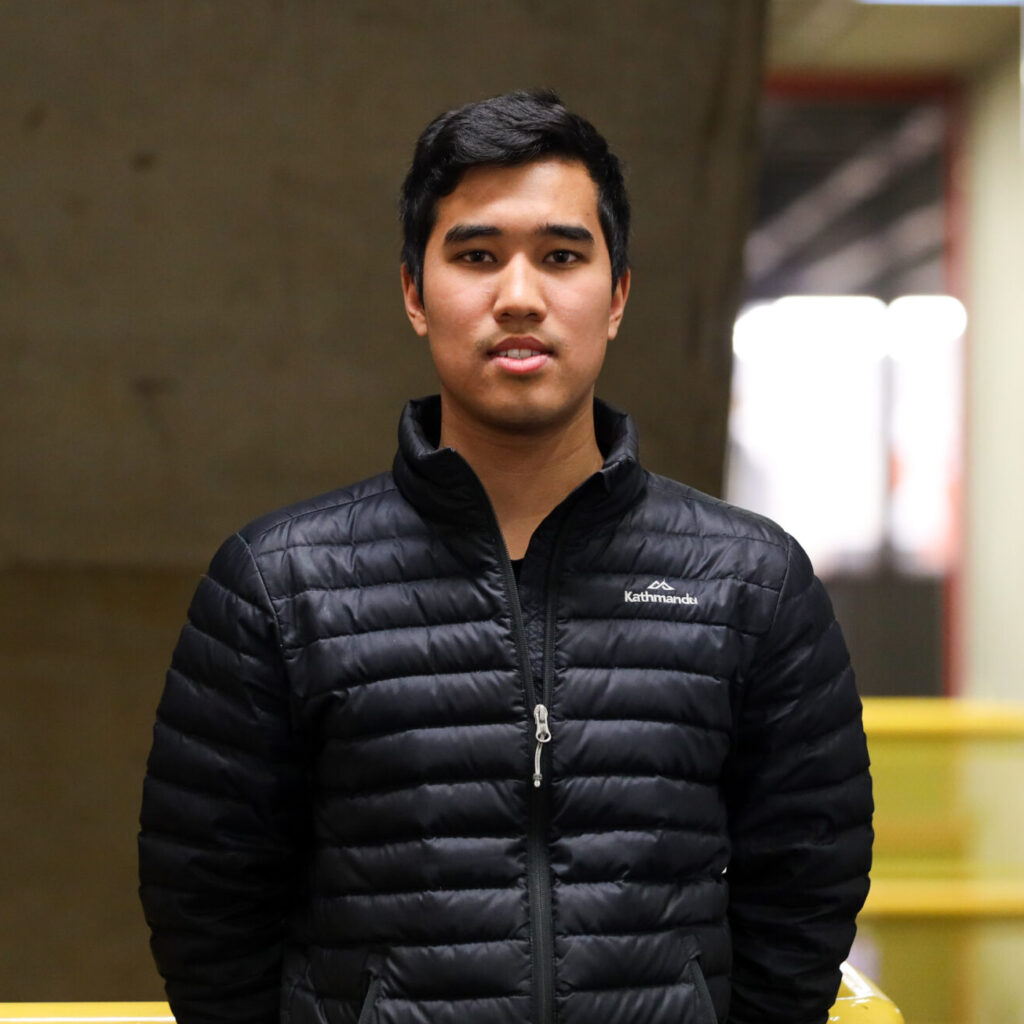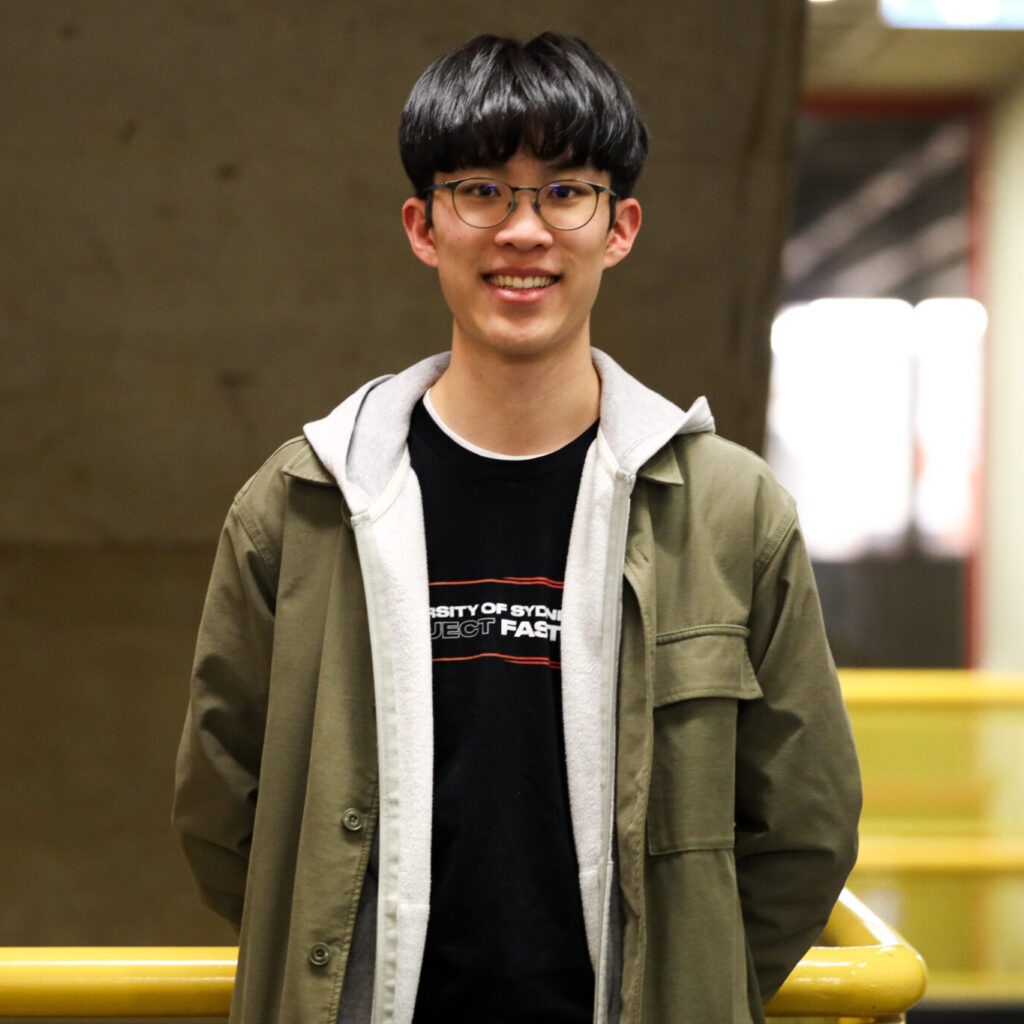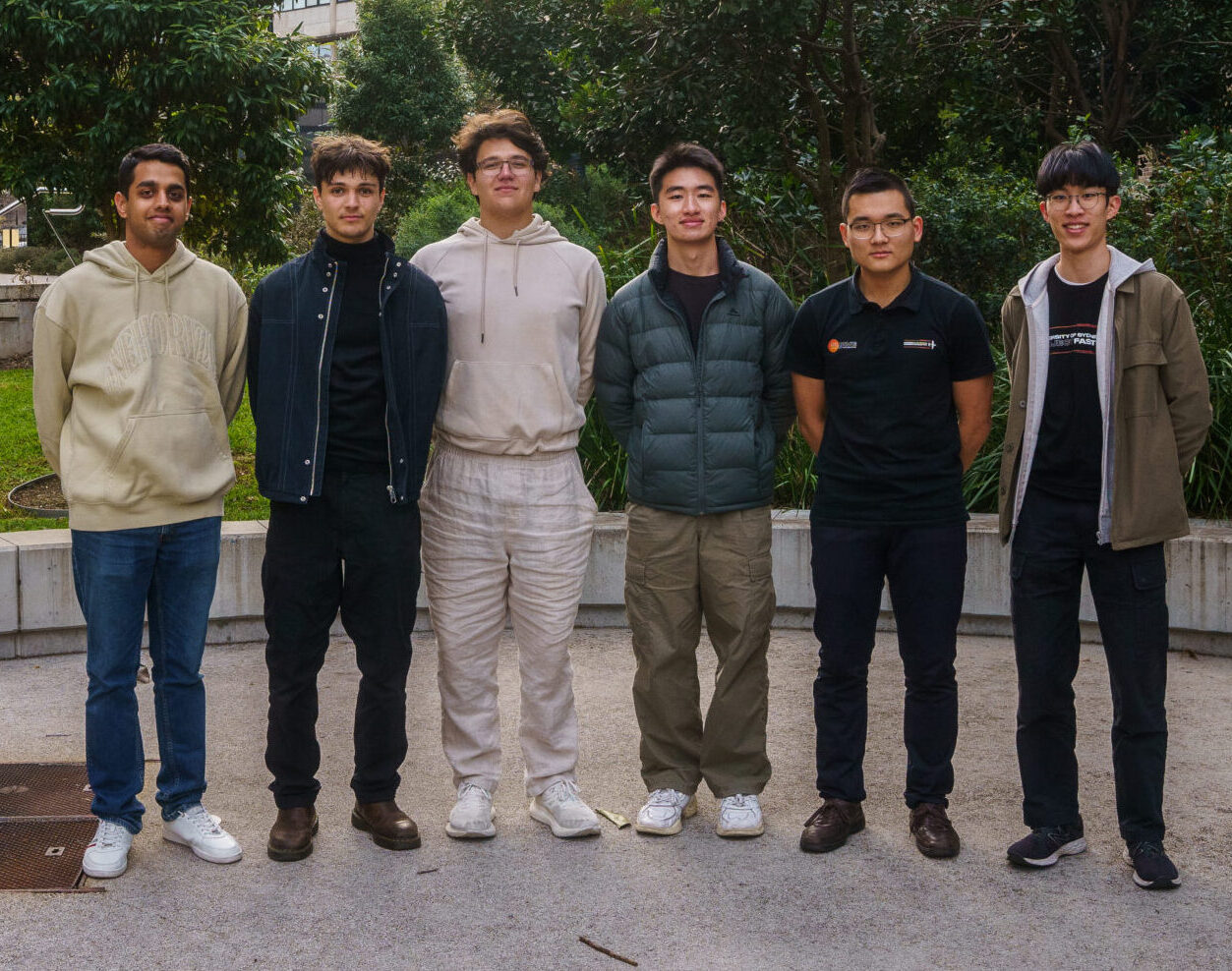
PROJECT FASTR
Project FASTR (Fixed-Wing Autonomous System Transition Race) is an advanced research and cutting-edge research initiative under SUAVE, dedicated on achieving level 5 autonomy on both quadcopter and fixed-wing platforms for autonomous drone racing. The project, which started in late 2022, is overseen by Dr. KC Wong and focuses on eliminating the need for human intervention, through level 5 autonomy. The primary objective is to design, build, and test UAVs capable of navigating both known and unknown courses marked with gates, integrating vertical take-off and extremely short landing (VTSEL) capabilities. By working on Project FASTR, students gain hands-on experience in systems engineering to build a platform capable of performing complex tasks in dynamic environments, pushing the limits of what is possible in UAV technology and preparing them for real-world applications in the aerospace industry.
PREVIOUS WORK
Although Project FASTR has been newly started under SUAVE, there have been various research projects conducted through thesis’ and PhDs that have become the foundation of the projects current progress, enabling the team to tackle more complex challenges.
- Kirk Lewis: Worked on VTSEL landing with a tilt-rotor aircraft.
- Sonat Erozan: Developed automated VTSEL landing with an aerobatic conventional aircraft.
- Muddasahir Tahir: Focused on gate identification and navigation using a Tello quadcopter.
- Tian Zheng: Evaluated various flight platforms and worked on course manoeuvres.
- Samuel Carbone: Achieved successful course navigation with a Diatone R239, combining onboard and ground station cameras.
- Talin Roche: Used an F3P aircraft to develop a flight controller with PID control and high-fidelity localisation using the Opti-track system.
CURRENT STATE
Currently, the team has made significant progress in several key areas. They have achieved automated extremely short landing with fixed-wing aircraft and are continually developing flight control systems. Accurate state estimation has been realised using the Opti-track system, and successful gate identification and course navigation have been implemented with quadcopters. The project roadmap includes transitioning from quadcopter platforms to fixed-wing racing, which involves understanding and integrating systems from quadcopters into fixed-wing UAVs. This transition aims to build fixed-wing platforms that integrate computer vision and explore optical flow, tackling the complex dynamics and navigation challenges of fixed-wing flight. The team has also successfully implemented and tested an autopilot on a quadcopter platform, which will be used as the basis for advancing into a fixed-wing aircraft.
fastr team

CO-PROJECT director
Dilon Hewamanna

CO-PROJECT director
James Lee

Ruchir Bais, Luca Nardinocchi, Yianni Scarlis, Xinwei Choot, Johnny Chen, James Lee (L-R)
Not Pictured: Atul Dash
